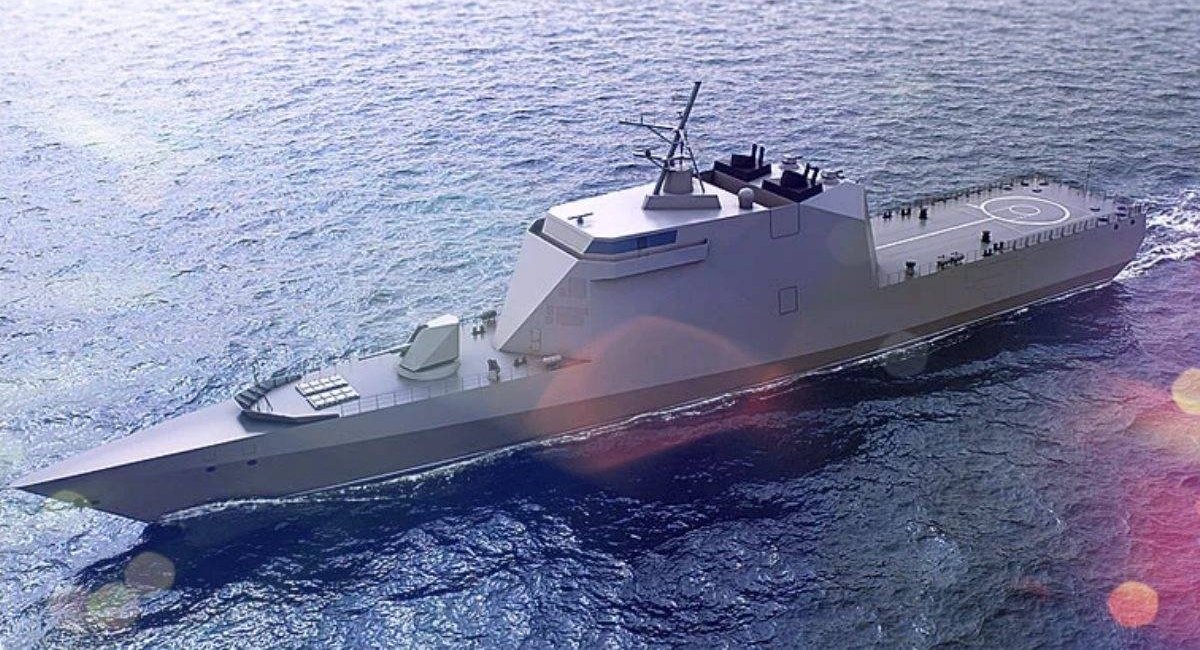
Russia tried to create a new generation corvette, but lacked the money and technology to turn it into a research vessel.
The Russian Federation decided to close the project to create a new corvette (often classified as a frigate in the West), Project 20386. More than 10 years have been invested in this development, which is actually a modernization of the 20380 project corvettes, and the ship itself was laid down in 2016, and its cost was estimated at about $0.45 billion (about 30 billion rubles at the then exchange rate).
“There are no further plans to lay down Project 20386 corvettes in their current form. The program for their construction will be closed,” the state-run Russian news outlet TASS quoted a source in the Russian military industry as saying. It is also noted that the ship that has already been laid down will be redesigned and will subsequently become part of the Russian Navy.
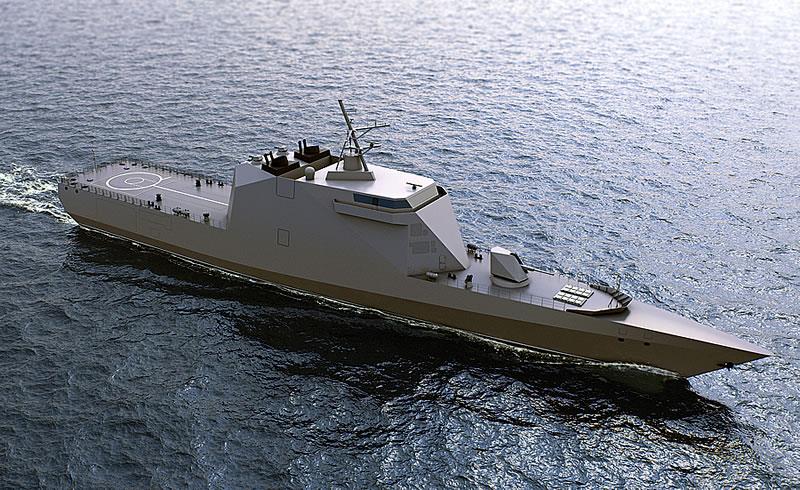
And the reason for refusing to create the ship was: “high novelty factor and the cost of the 20386 project.” Thus, the Russian Federation has explicitly admitted that it cannot master new technologies, both because of its backwardness and lack of funds.
At the same time, the decision to completely shut down the program and rebuild the corvette differs from the previously announced position to complete it as a research ship to test new technologies. That is, we are talking about a complete curtailment of all work.
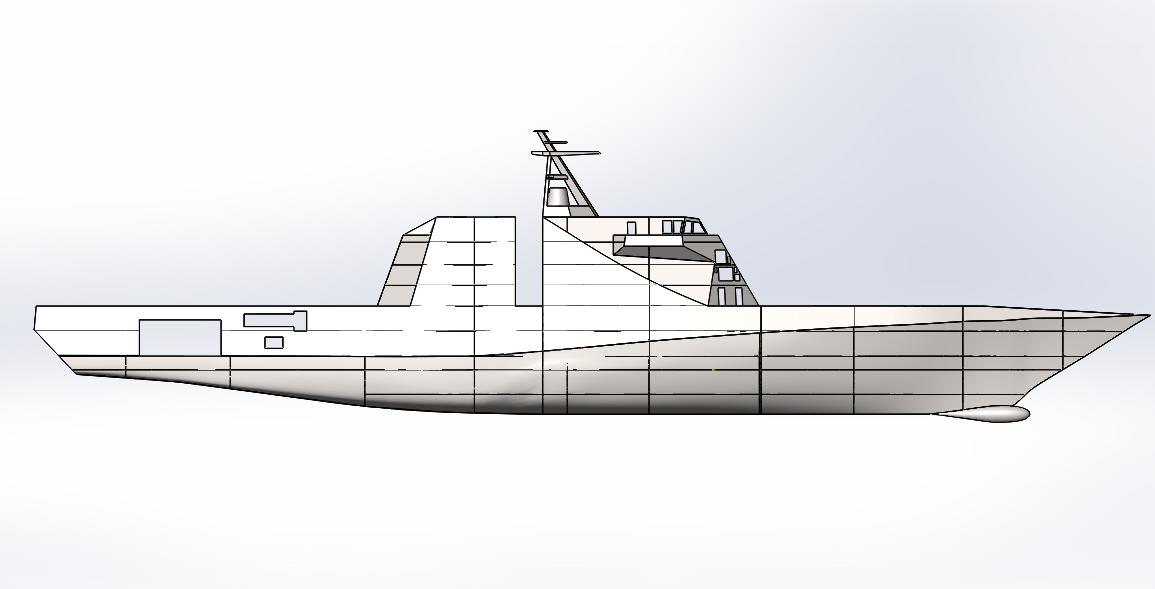
It should be noted that the project 20386 “Daring” itself has traditionally been called “breakthrough” and “analog” in Russia, although its main feature was the active use of stealth technologies, the use of a new hybrid gas turbine power plant, digitalization of systems and the latest combat information and control system (BICS).
In particular, to transform the ship into a “stealth corvette,” it was planned to use not only appropriate solutions for the shape of superstructures, but also the active use of composite materials and paints with radio-absorbing properties. And it was declared that a 100-meter ship would look no more than a “small boat” on radar.
The new ship was planned to be equipped with a “new” GTD M90FR, which is an unlicensed clone of the Ukrainian power plant, the main components of which were developed by the Ukrainian state enterprise Zorya-Mashproekt until 2014. Another “feature” of the project was to be modularity, when the ship could be equipped with various additional systems depending on the need. For example, to replace the shafts with a module with EW and RTR or a hydroacoustic complex.
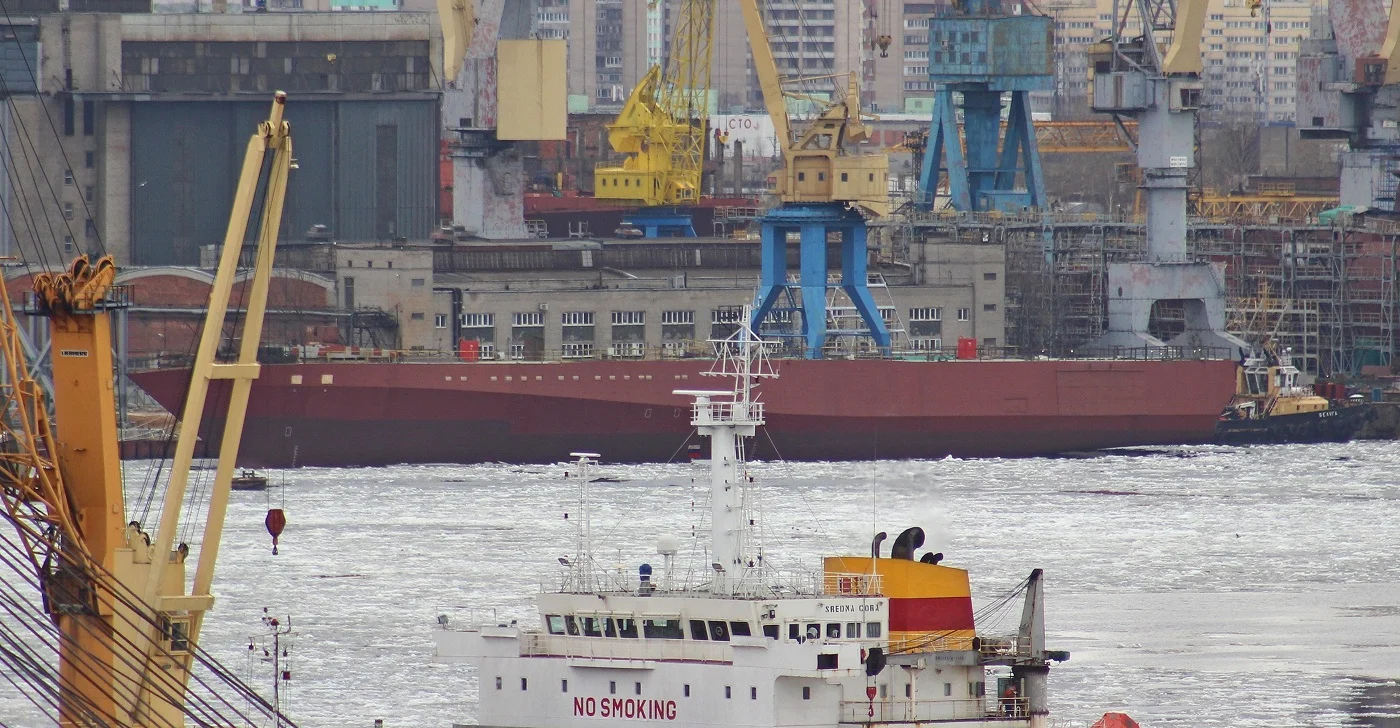
As for the BICS, Russia has had a complete failure with it in the form of the Zaslon radar system, which is a logical continuation of the whole epic with the BICS of the direct predecessors of the 20386 – 20380 and 20385 projects. In particular, all the first corvettes of the 20380 project were equipped with the Furke-2 radar and the Monument-A guided missile targeting station, which could not provide targeting for the Redut anti-aircraft missile system when firing at medium and longer ranges.

With this system, Russia managed to launch six corvettes of the 20380 project, and later declared the transition to the Zaslon. It was also installed on project 20385 and planned to be installed on 20386. The fact that something is not right with this complex is directly evidenced by the lawsuits filed by the Russian Defense Ministry against Zaslon and the alienation of some developments and their transfer to other teams.
But the whole point of the failure to create a new ship looks even more epic if we go back to where it all started. After the weakly armed corvette 20380 with the main anti-ship weapon in the form of the X-35, Russia modernized it in the form of the 20385 with the installation of eight universal silos for the Kalibr and Onyx. At the same time, all 20380s were to be pulled up for this project.
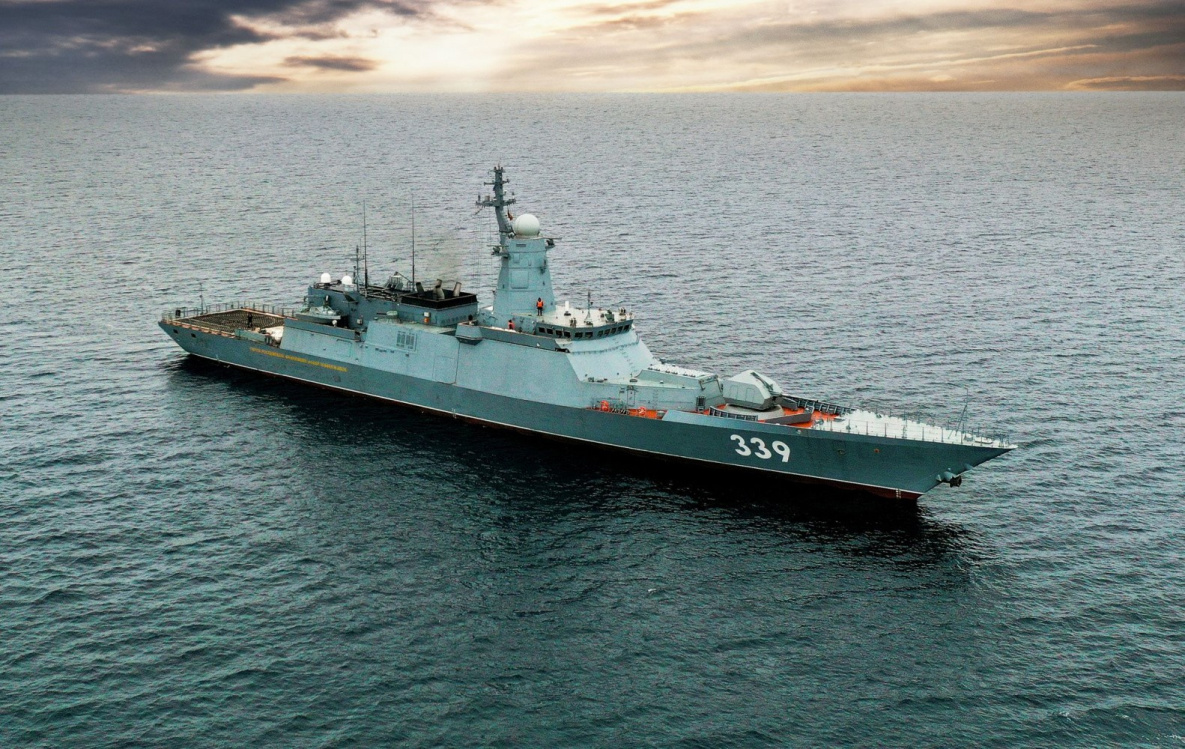
However, along with the new radio equipment, the 20385 turned out to be extremely complex, expensive, and time-consuming to build. In particular, for 20385, the average planned transfer period from the laying of the foundation is 5 years, in reality it is 8-9 years.
That’s why the 20386 project was required to be cheap and economical. But in the end, Russia simply closed this project. Along with it, they left us without a decision on what to do with the corvettes already built under Project 20380 and 20385, as well as with the ships already laid down.
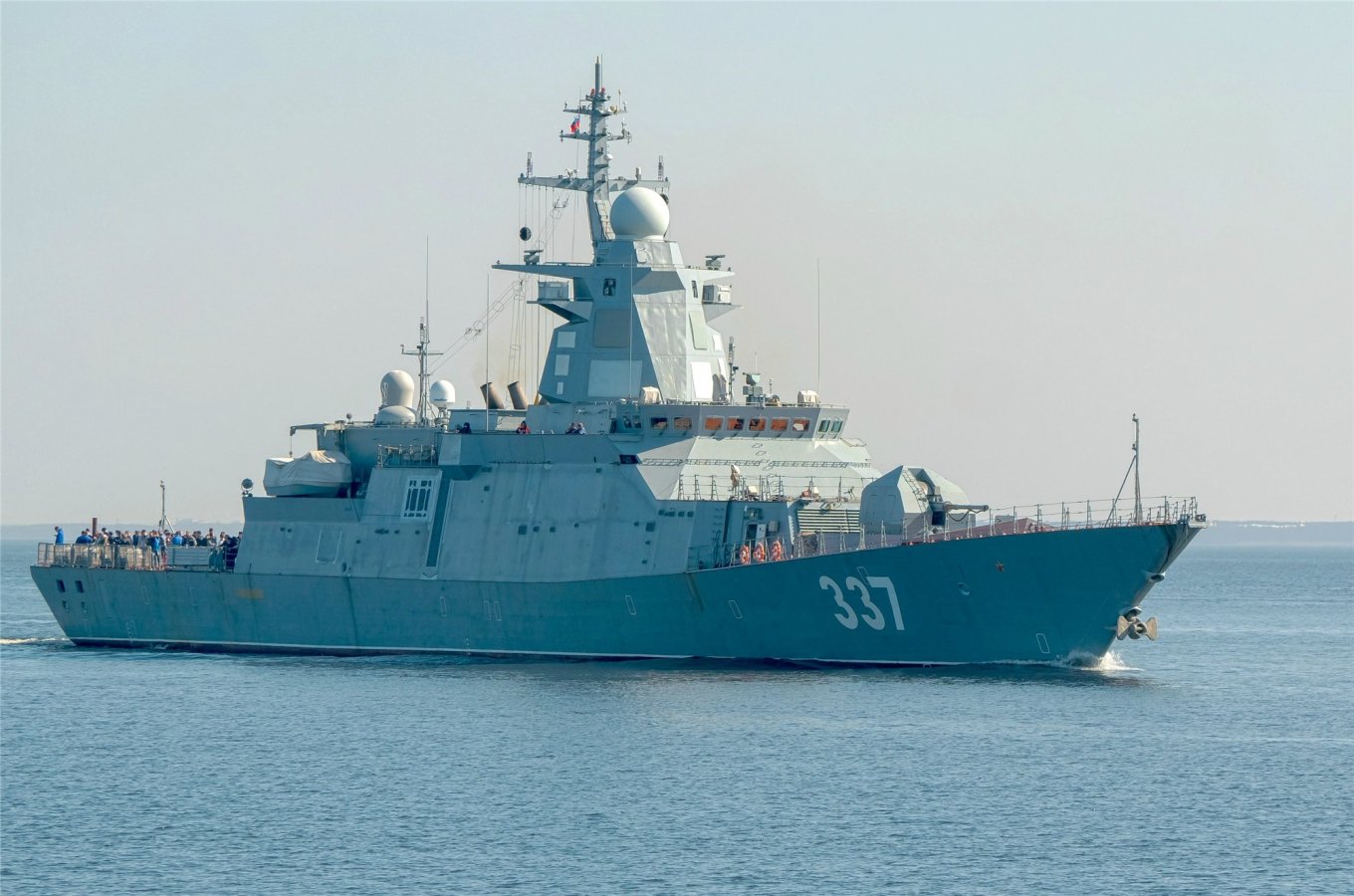
The fact is that since 2001, Russia has laid down 12 corvettes under the 20380 project, of which 8 are in service, and 6 under the 20385 project, of which only one is in service. At the same time, these ships were supposed to play a rather significant role in patrolling the 200-mile zone for Russia. However, systematic problems with all project representatives led to a waste of time and money.

